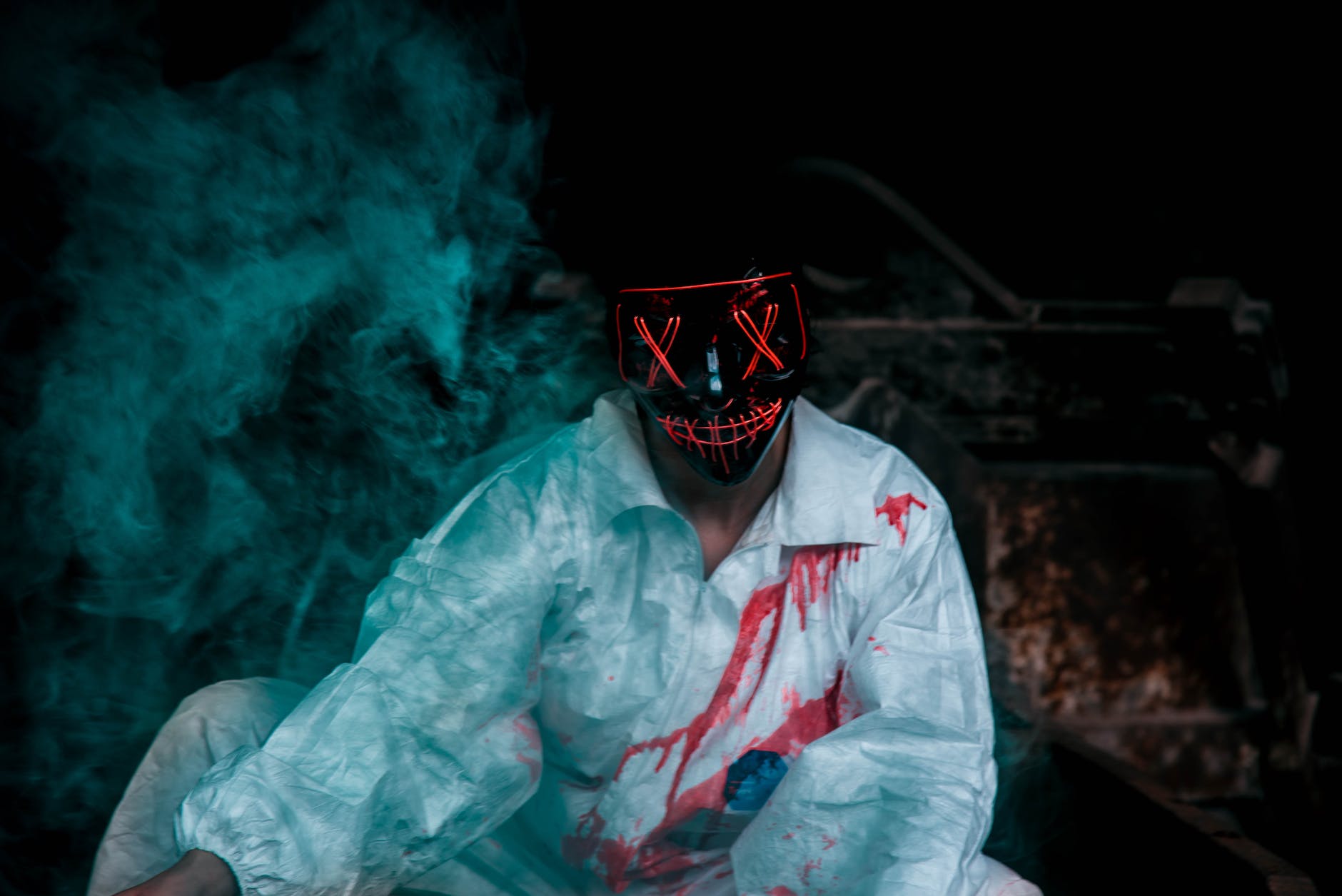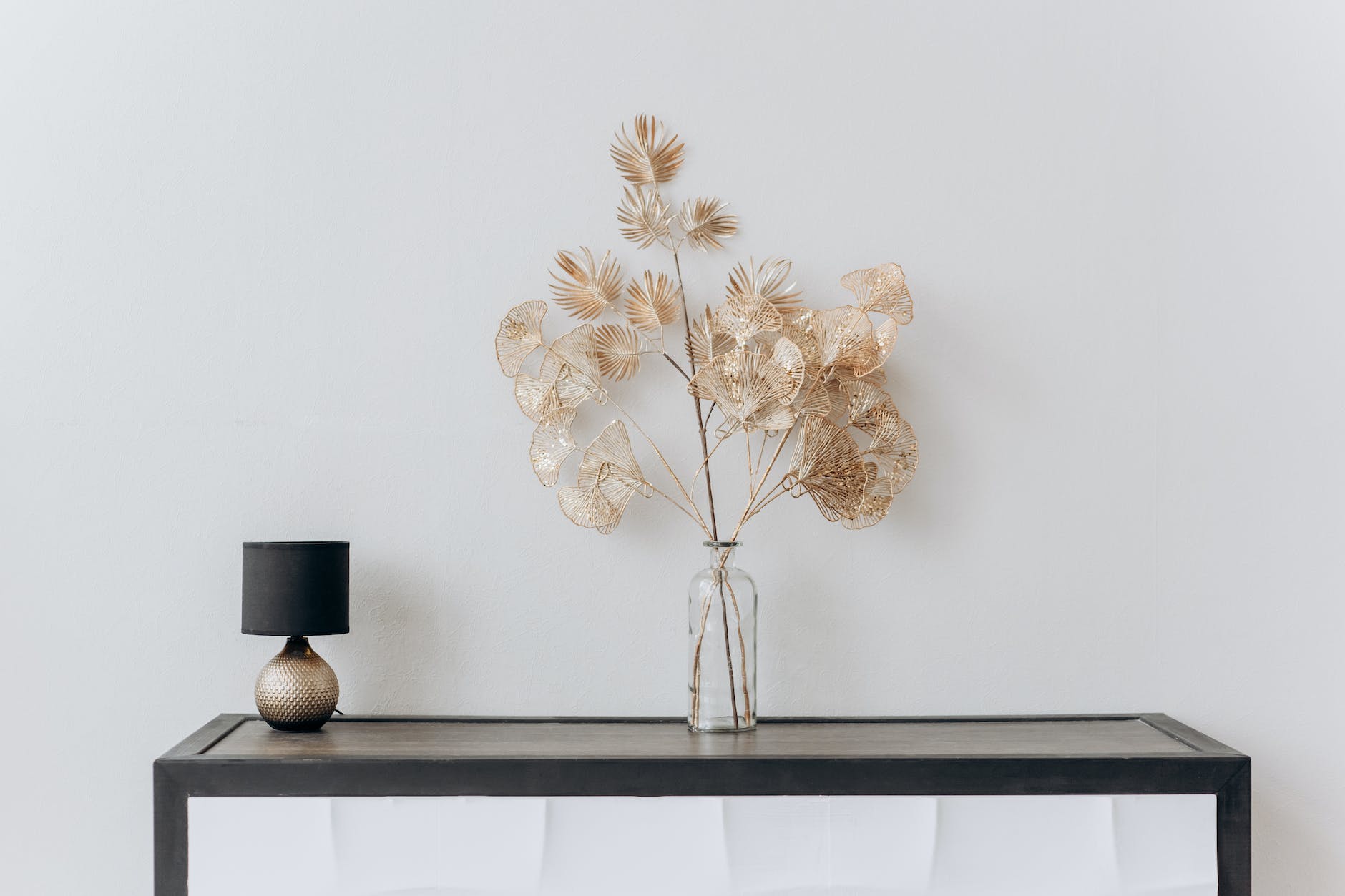The realm of psychedelic art is mysterious, intense, and filled with mind-bending imagery. It is a visual language that often seeks to represent transcendence, inner experience, and the spirituality that is awakened during a psychedelic trip. Crafting this form of art is much more than a means of expression. For many, it’s a journey through the subconscious mind, a pursuit of wisdom, and a philosophical endeavor filled with symbolism, archetypes, and metaphors.
Stepping Away From Normalcy: The Role of Symbolism in Psychedelic Art
Symbolism plays a significant role in psychedelic art by contributing to this artistic genre’s linguistic lexicon. It’s a crucial tool used by artists to represent a world beyond everyday perception, stretching across the boundaries of reality – a world shaped by the inner experiences of the mind. This form of representation brings to life the notion that psychedelic creativity is more of an exploration of the self, a delving into the unconscious mind that sets the stage for storytelling laden with symbolism.
Symbolism allows artists to depict complex ideas and narratives in a visually engaging way, often using recognised archetypes to communicate universal themes. Incorporation of vibrant colors, juxtaposition of images, visual puns, optical illusions, and intricate designs each has its place within the symbolism, deepening the connection between the observer and the work.
Exploring Different Elements and their Meanings
Psychedelic art is often associated with certain recurring symbols, metaphors, and themes that contribute to its uniqueness and depth.
1. Sacred Geometry
Sacred geometry, thought to represent the mathematical principles of reality and spirituality found within nature and the cosmos, is a frequent element of psychedelic art. This use of sacred geometry ties the artwork to fundamental religious and spiritual principles, suggesting a harmonious connection between the microcosm and macrocosm, the self and the universe.
2. Spiritual and Mystical Themes
Conceptions of spirituality often infuse psychedelic art, serving as both inspiration and subject matter. Themes from Eastern philosophy, shamanic vision quests, and metaphysical concepts find expression in an abstract and visually striking manner. This materialization of spirituality deepens the narrative, presenting the viewer with a profound experience that explores the boundary between self and the universe.
3. Archetypes and Metaphors
Psychedelic artwork often pulls from a pool of universally recognized archetypes as a particular way of storytelling. These provoke intuitive understanding in the viewer through familiar motifs. From serpents representing knowledge or deceit to angels symbolizing purity, these figures provide metaphorical depth to an image.
Art, when articulated with a purpose, serves as a bridge between tangible reality and the abstract world of the subconscious. Psychedelic art stands as a testament to this, seeking to convey the profound and often ineffable experiences of transcendence and spirituality. Its profundity comes from its visual dichotomy; it speaks in the language of dreams, yet it’s meticulously grounded in complex concepts and symbolism.
While psychedelic art initially grew alongside the countercultural movement of the ’60s, its enduring appeal suggests that its themes continue to resonate with people across times, cultures, and experiences. It invites us all to explore our understanding of consciousness, existence, and spirituality through its intricate visual language.
The exploration of symbolism within psychedelic art is as diverse as the mind itself, offering a mirror to the individual and collective unconscious. By examining these symbols, we gain a deeper understanding of the artwork and the experiences it represents. It’s a journey that draws us into a world where consciousness, reality, and dreams intertwinely dance, pushing us just a little further towards the edge of comprehension.
Echoing Aldous Huxley’s sentiment, “The mind is its own place, and in itself can make a Heaven of Hell, a Hell of Heaven,” psychedelic art is at once mystical and palpable, allowing us to glean insight into human experience’s infinite facets, perceived through the artist’s subconscious lens.








